


ORGANS OF PARIS © 2024 Vincent Hildebrandt HOME ALL ORGANS

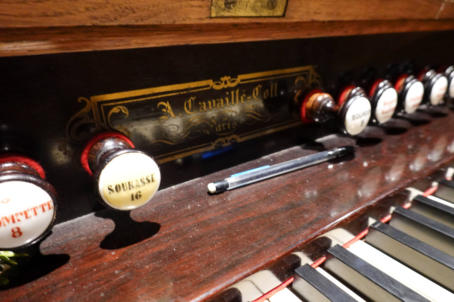
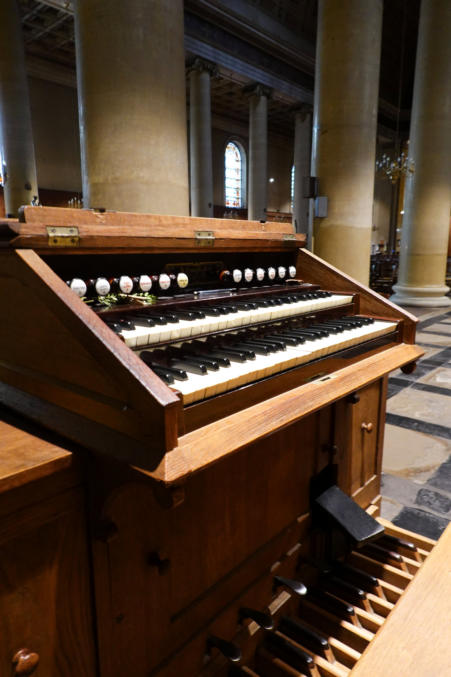

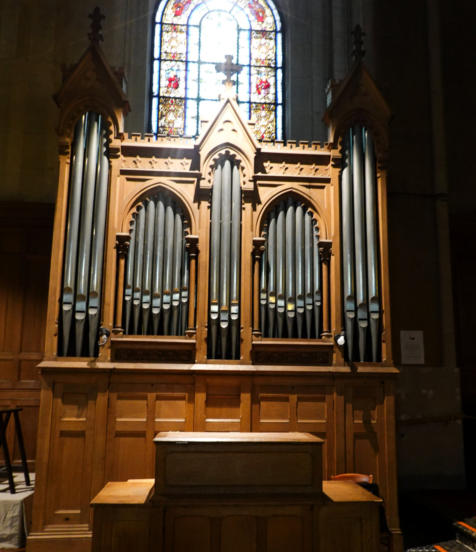
C1
The choir organ was built by Cavaillé-Coll in 1874, replacing
an organ from 1858 built by the same builder. This
instrument, from the series "number 18" of the catalog of
the House Cavaillé-Coll has remained almost entirely intact
to this day.
In 1986, Barbéris installed a new Plein Jeu, the old one being
stolen…
Photos: Victor Weller
The organs of Paris
ORGANS OF PARIS © 2024 Vincent Hildebrandt ALL ORGANS
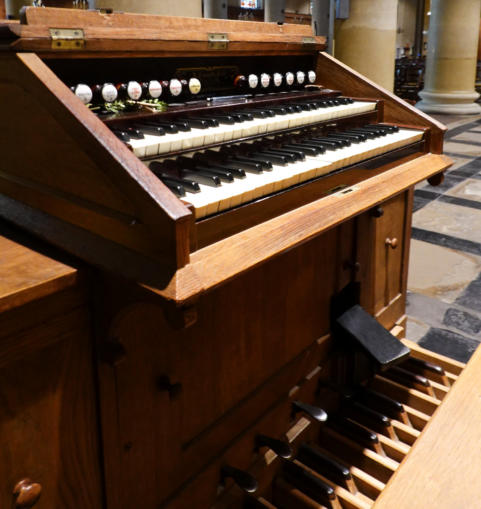
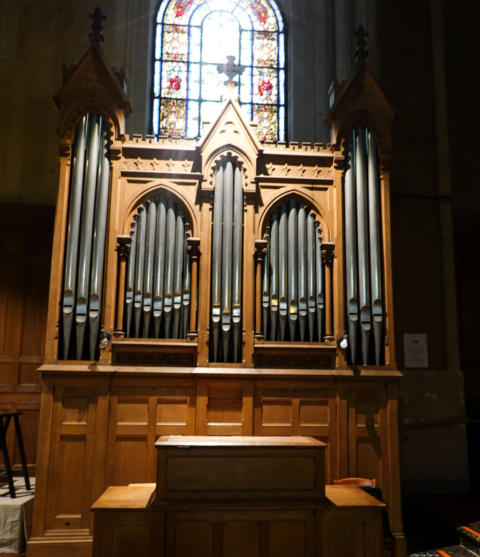
C1
The choir organ was built by Cavaillé-Coll in 1874, replacing
an organ from 1858 built by the same builder. This
instrument, from the series "number 18" of the catalog of
the House Cavaillé-Coll has remained almost entirely intact
to this day.
In 1986, Barbéris installed a new Plein Jeu, the old one being
stolen…
Photos: Victor Weller






















